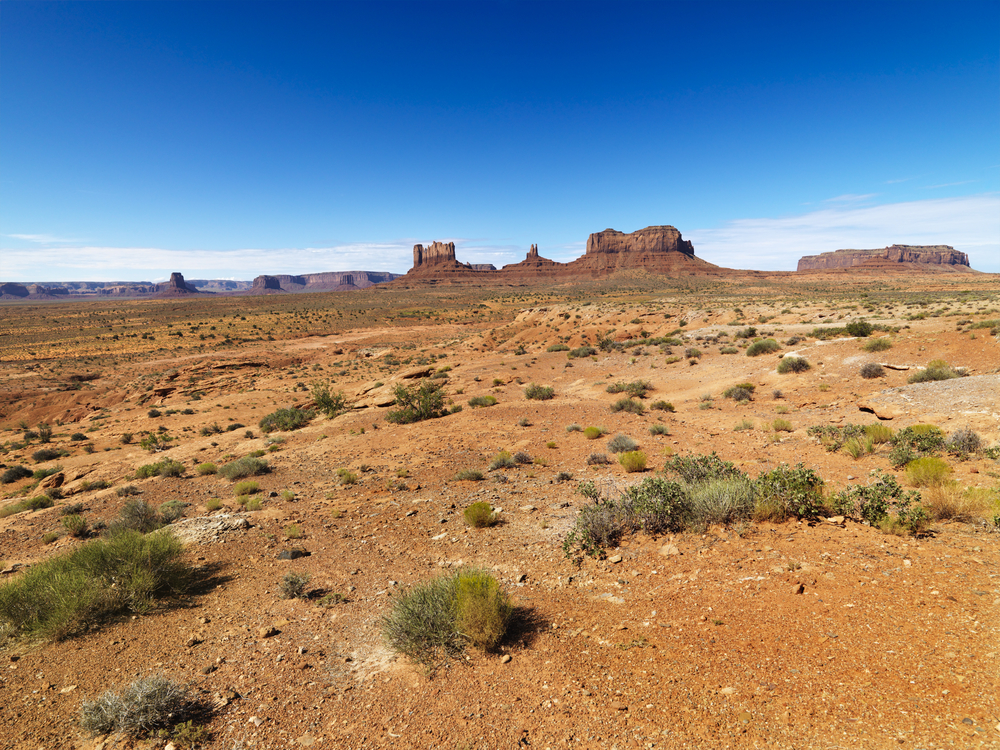

Despite efforts to cut back, we’re still burning fossils fuels at record rates. Americans actually increased their emissions by an estimated 3.4 percent in 2018. And a new study reveals another reason why this is bad news for planet Earth.
Scientists at Columbia University found that drought and heat waves dry up soils, hurting the ability of plants to pull carbon from the atmosphere. And periods of wet weather don’t make up the difference, according to the study, which appeared today in the journal Nature.
“It’s no surprise that during a drought or heat wave vegetation is not going to store as much carbon,” says Julia Green, the lead author of the study. But these short term events could wreck plant carbon storage for years after. “These are really long lasting effects on the uptake of carbon, rather than just year-to-year variability.”
Together, the ocean and earthly plants currently absorb about half of our CO2 emissions. In the ocean, excess CO2 creates more acidic conditions, leading to outcomes like coral bleaching. On land, photosynthesizers use the gas together with sunlight to make food. While plants certainly haven’t been able to keep up with our carbon spewing, they have been trying their best. Terrestrial ecosystems have been taking up more and more carbon in recent decades, as evidenced by trends like the “fertilization effect,” in which plant growth accelerates to take up the additional CO2.
But the scientists at Columbia found that this effect might not last. Green analyzed four models of soil moisture and its effect of plant growth to find out how droughts, heat waves, and the gradual drying of soils caused by climate warming will affect carbon storage. She found that in a business-as-usual scenario, in which we do little to curb our emissions, global plant productivity (and thus carbon storage abilities) will go up until around 2060, and then sharply drop. When this happens, a lot of our emissions will no longer be offset by plants and climate change will accelerate faster than previously calculated.
This all goes back to water—or its absence. As the climate warms, soils across much of the planet are gradually getting drier. And some regions—especially semi-arid lands like the Sahel zone in Africa and northern Australia—around the globe are expected to have more heat waves and droughts. Even these short dry spells can have a big effect, the scientists found, because water is a profound limiting factor for plant growth.
“The biggest surprise was how enormous the effect of soil moisture on the overall carbon budget really is,” says Green. “I don’t think we really knew just how substantial it was.”
When dry conditions cause plants to die, a lot of the carbon they’ve accumulated is released back into the atmosphere. And, of course, their ability to keep sucking up carbon is lost too. What’s more, warmer and drier weather can precipitate entire ecosystem shifts. Forests can give way to grasslands, and the latter doesn’t store as much carbon.
All of this means that climate projection models may have overestimated how much plants can offset out emissions because they didn’t account for these soil moisture effects. “It brings to light the urgency to tackle climate change earlier rather than later,” says Green. “If we were to reach a point where the biosphere rate of carbon uptake starts to decrease, that means that anthropogenic emissions in the atmosphere could really accelerate.”
